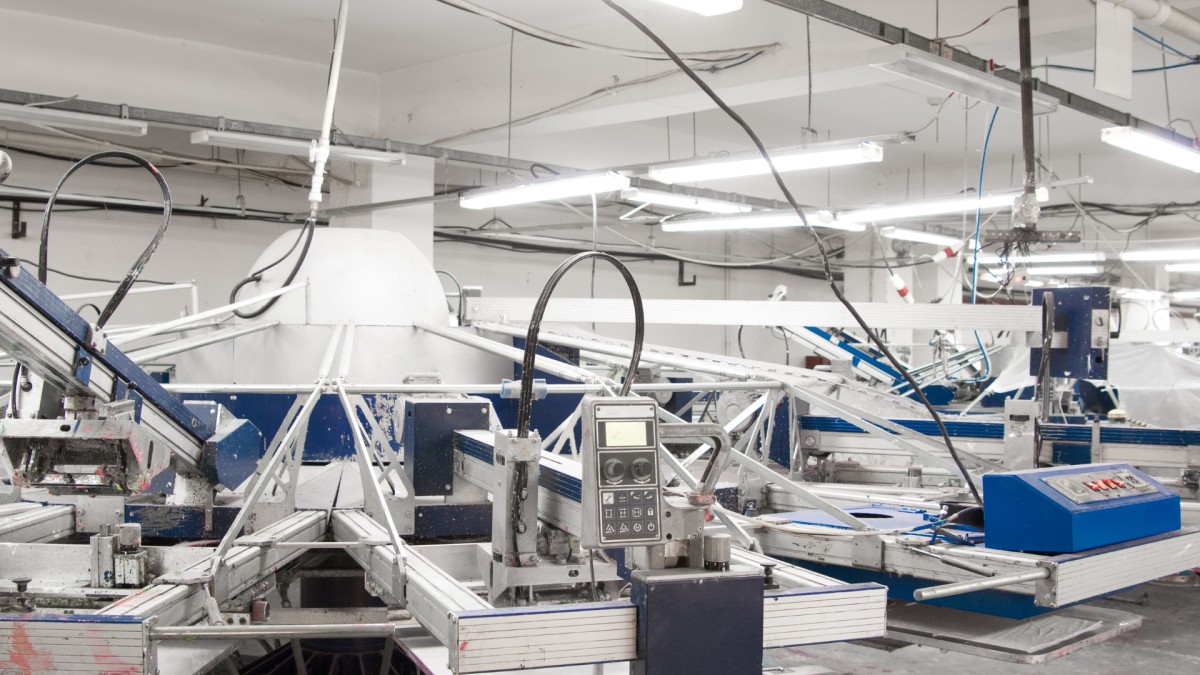Introduction to Industrial Automation Encoder
Industrial automation relies on precise motion control and feedback systems, making encoders an essential component. Choosing the right industrial automation encoder can optimize system efficiency, reduce downtime, and improve overall performance.
This guide will help you understand how to select the best encoder for your needs based on different factors such as type, resolution, environmental conditions, and application.

What is an Encoder?
An encoder is an electromechanical device that converts motion into an electrical signal. This signal provides feedback on position, speed, and direction, helping industrial machines operate accurately.
Encoders are widely used in:
- CNC machines
- Robotics
- Conveyor systems
- Automated manufacturing lines
By understanding their function, you can make an informed choice when selecting an encoder for your system.
Types of Encoders Used in Industrial Automation
Encoders come in different types based on their function and application. The most common types include:
1. Linear Encoders
- Measure linear motion.
- Used in CNC machining and robotics.
2. Rotary Encoders
- Measure rotational motion.
- Used in motor control, robotics, and industrial automation.
3. Optical Encoders
- Use light to detect position changes.
- High accuracy, but sensitive to dust and dirt.
4. Magnetic Encoders
- Use a magnetic field for detection.
- More durable and resistant to environmental contaminants.
Choosing between these types depends on your specific industrial needs.
Incremental vs. Absolute Encoders: Which One to Choose?
Encoders are classified into two main categories:
Incremental Encoders
- Provide relative position information.
- Require a reference point after power loss.
- Used in speed and direction monitoring.
Absolute Encoders
- Provide exact position data even after power loss.
- Ideal for critical applications where precision is key.
If your system requires absolute position tracking, an absolute encoder is the best choice. However, if cost-efficiency and speed monitoring are priorities, an incremental encoder is suitable.
Key Factors to Consider When Selecting an Encoder
To choose the right encoder, consider the following:
- Application requirements (positioning, speed control, feedback)
- Environmental conditions (temperature, dust, moisture)
- Resolution and accuracy needs
- Mounting and installation space
Output signal and communication protocol
Understanding Encoder Resolution and Accuracy
Resolution is the number of pulses per revolution (PPR) an encoder provides. Higher resolution means better precision.
- Low resolution: Suitable for basic motion control.
- High resolution: Needed for precise positioning applications.
Make sure to match the resolution to your system's needs.
Environmental Considerations for Encoders
Encoders operate in different environments. Key factors to assess:
- Temperature resistance – Can it withstand extreme heat or cold?
- IP rating – Protection against dust and water.
- Shock and vibration resistance – Needed for heavy machinery.
For harsh environments, consider magnetic or sealed optical encoders.
Mounting and Installation Requirements
Proper mounting is crucial for encoder performance. Consider:
- Shafted vs. hollow shaft encoders
- Direct mounting vs. coupling
- Space constraints in your system
Incorrect mounting can cause misalignment and signal errors.
Choosing the Right Communication Interface
Encoders use various communication protocols, including:
- Analog Output – Simple but limited accuracy.
- Digital (TTL, HTL, RS-422) – Common in industrial applications.
- Fieldbus (CANopen, Profibus, Ethernet/IP) – Used in modern automation systems.
Choosing the right interface ensures seamless integration with existing control systems.
Common Applications of Encoders in Industrial Automation
Encoders are used in various industries, including:
- Manufacturing – Automated assembly lines.
- Robotics – Motion feedback for precise control.
- Packaging – Position tracking for conveyor systems.
- Automotive – Quality control and production monitoring.
Choosing the right encoder improves efficiency and accuracy in these applications.
Benefits of Using the Right Encoder in Automation Systems
- Improved accuracy and precision
- Enhanced system reliability
- Reduced maintenance costs
Faster production speeds
Top Encoder Brands and Manufacturers
Some leading encoder manufacturers include:
- Renishaw
- Heidenhain
- Baumer
- Omron
- Sick
These brands offer high-quality encoders with excellent support.
Troubleshooting Common Encoder Issues
Common problems include:
- Signal loss – Check cable connections.
- Incorrect readings – Verify mounting and alignment.
- Environmental damage – Ensure proper sealing.
Regular maintenance helps prevent these issues.
Future Trends in Encoder Technology
- Wireless encoders – Reduce cabling issues.
- AI-powered diagnostics – Predictive maintenance.
- Miniaturization – Compact encoders for small devices.
These advancements will improve automation efficiency.
Conclusion and Final Recommendations
Selecting the right encoder depends on your specific needs. Consider type, resolution, environment, and communication interface. Investing in the correct encoder enhances industrial automation performance.
FAQs
Q1: What is the difference between absolute and incremental encoders?
Absolute encoders retain position data after power loss, while incremental encoders require a reference point.
Q2: Which encoder is best for harsh environments?
Magnetic encoders are ideal for dusty, wet, or high-vibration environments.
Q3: How do I determine the right resolution for my encoder?
Consider the precision required for your application; higher resolution is needed for more accuracy.
Q4: What is the most common failure in encoders?
Signal loss due to misalignment, cable damage, or environmental factors.
Q5: Can I use an encoder with any industrial system?
Yes, but ensure compatibility with communication protocols and mechanical setup.
Q6: How do I maintain an encoder?
Regular cleaning, checking connections, and ensuring proper mounting prevent failures.
INQUIRY NOW
